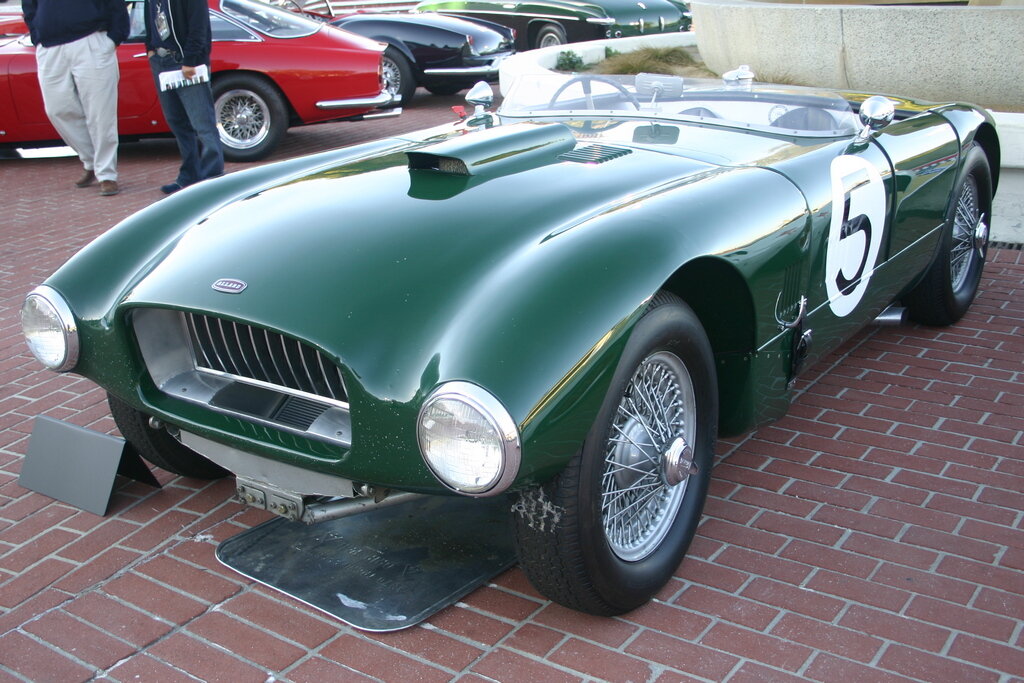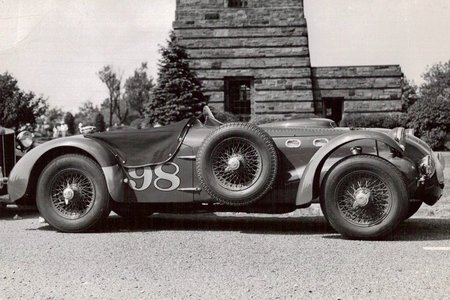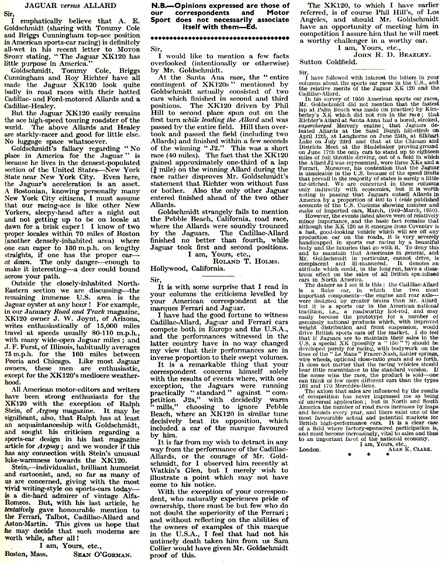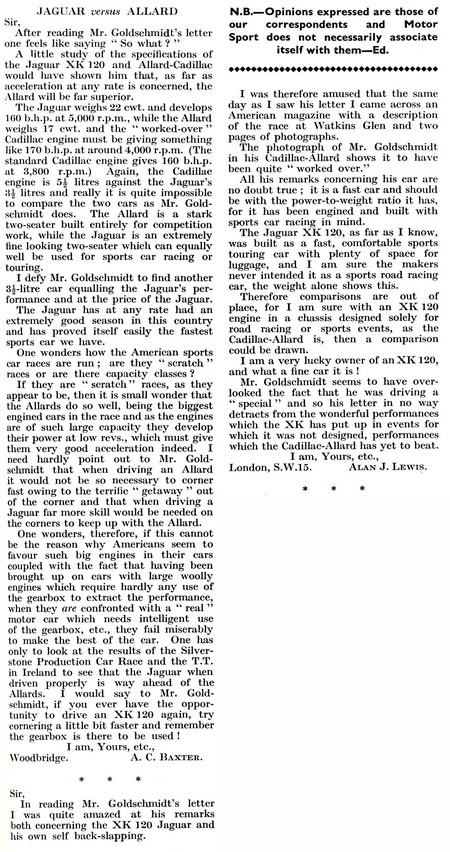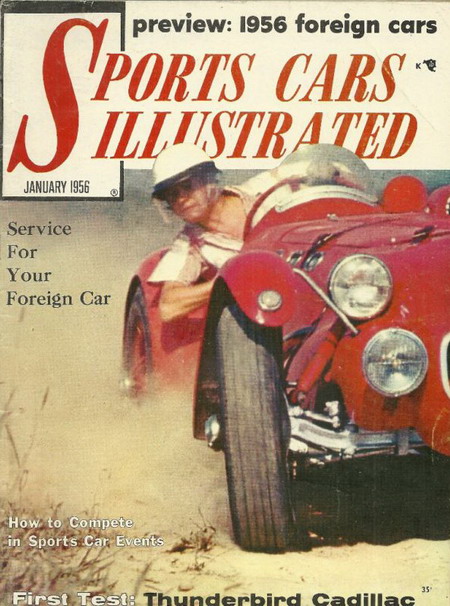The Allard JR
/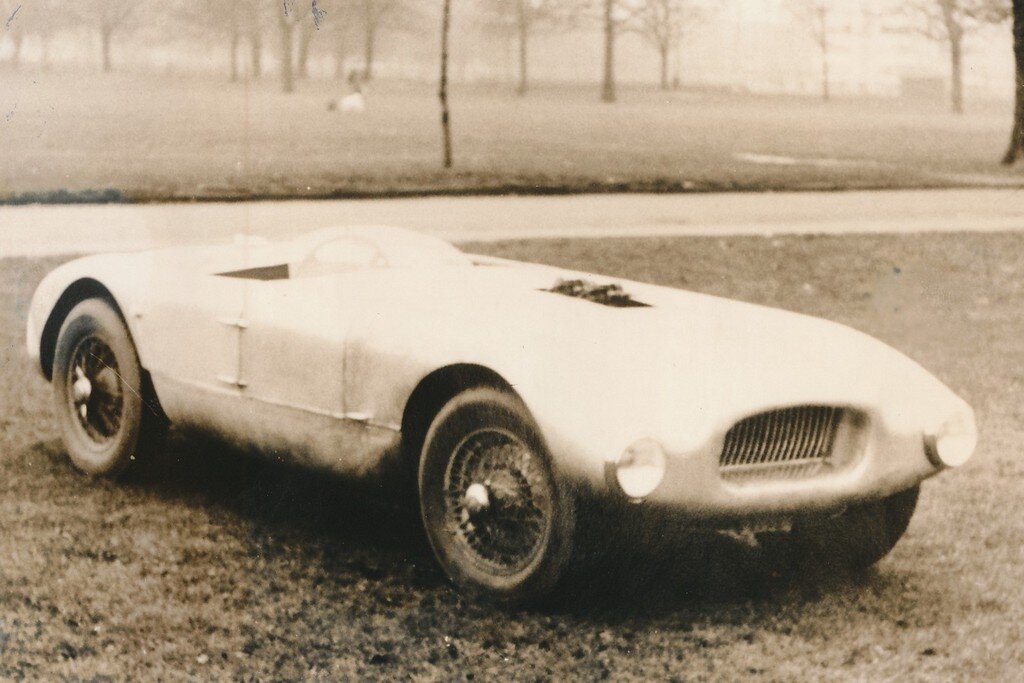
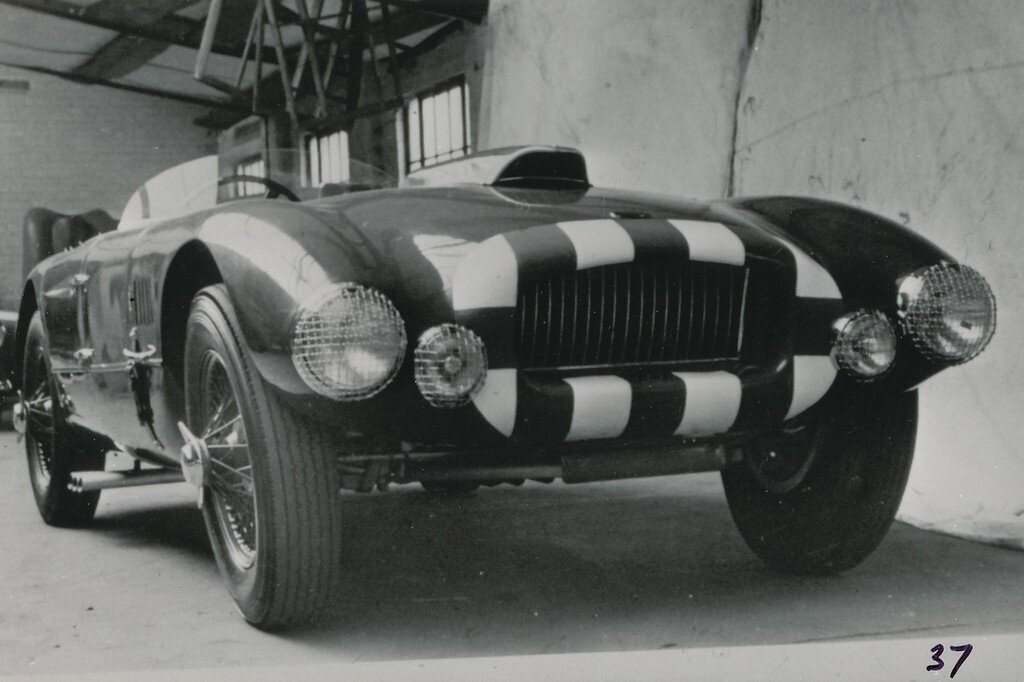
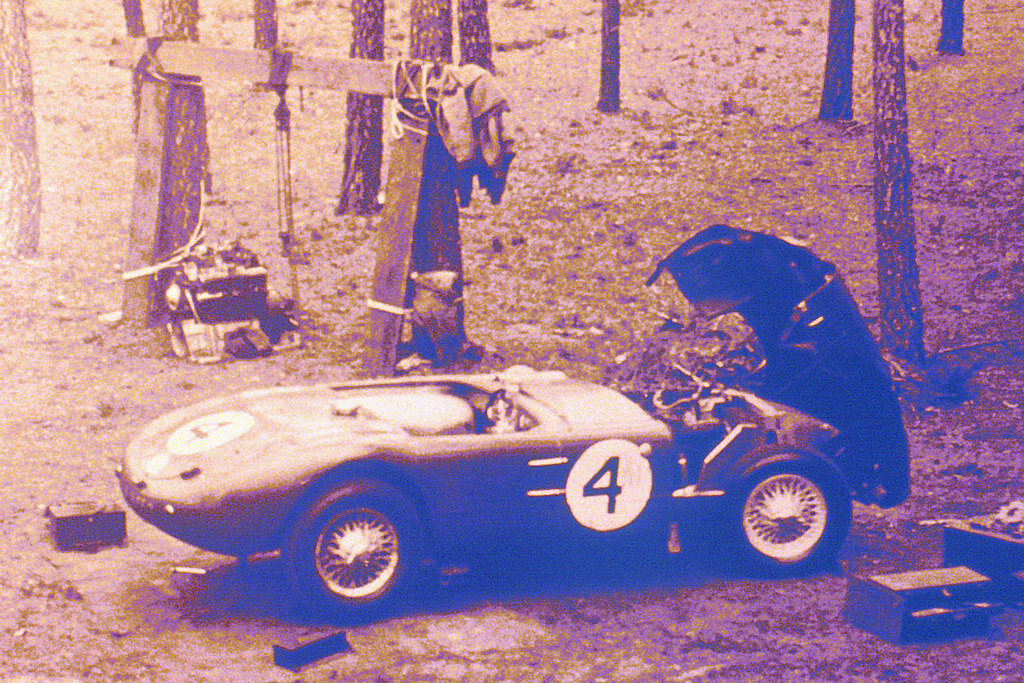


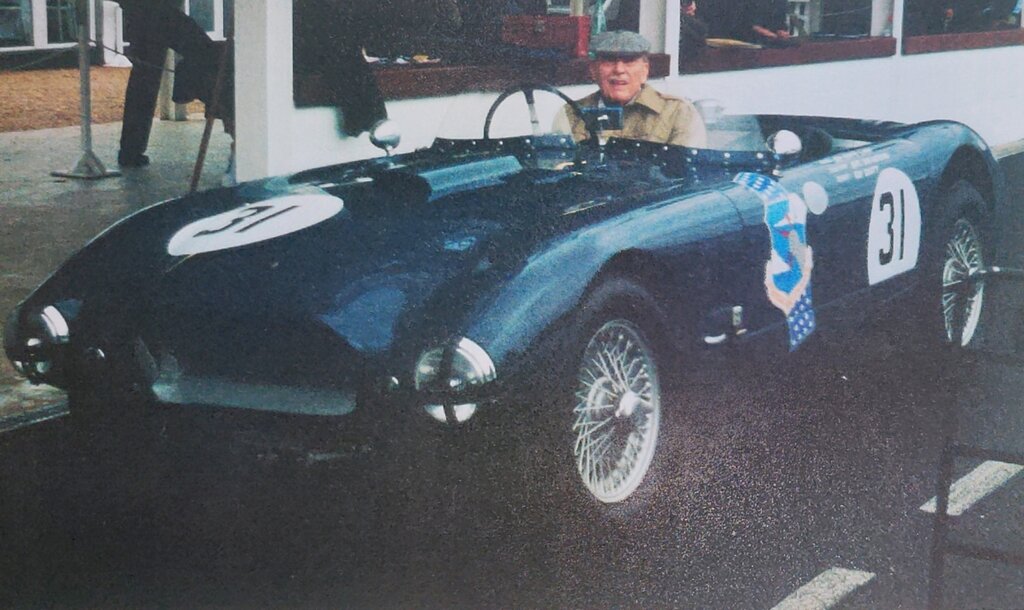
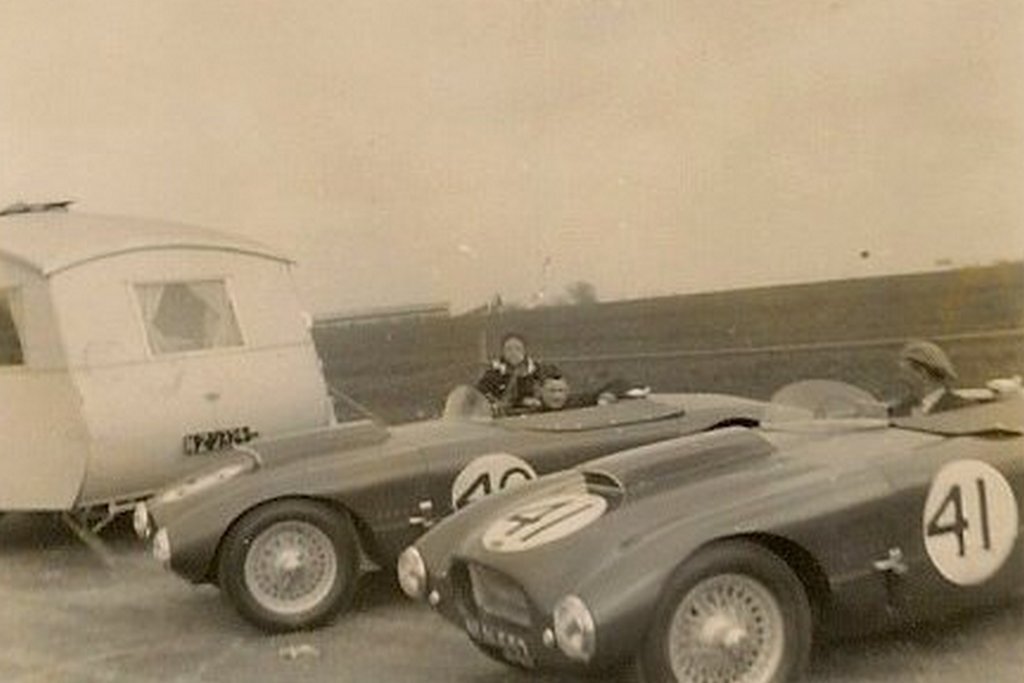
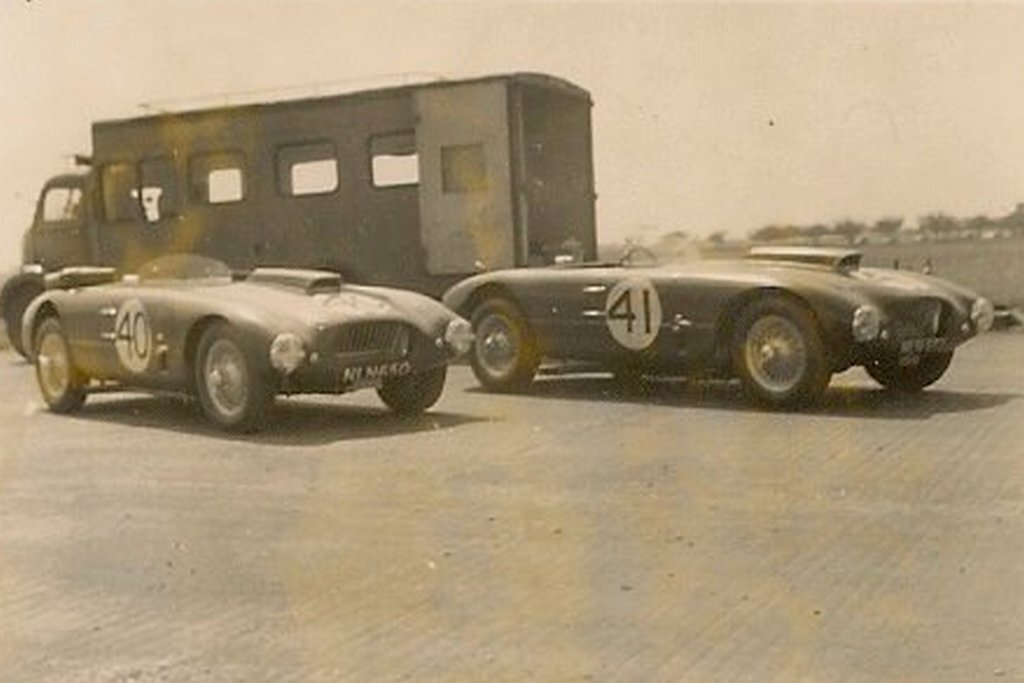
The Allard JR was first conceived by designer Dudley Hume in early 1952. In 1952, the Le Mans organizers dictated that cars could no longer race with motor cycle-style fenders; an iconic feature of the popular J2. In late 1951, Allard started delivering the new J2X, which notably featured Dudley’s revised front suspension with parallel pivots. The goal was to race the J2X at Le Mans in 1952, but they had to create a new enveloped body car by the mid-June race. Dudley wanted to race the new JR model that he was designing, but the car would not be ready in time. The decision was made to quickly adopt a C-type style body to the J2X and thus the J2X Le Mans was born.
Dudley continued to work on the JR, incorporating a number of features that he had implemented on a variety of Allards he had developed. Most notable was the chassis, which used the P2’s twin tube chassis concept that increased rigidity significantly over the old formed channel design. Dudley also incorporated his revised split axle front suspension from the J2X that brought the design more in line with creator Leslie Ballemy’s intent. Additionally, the JR adopted the new Palm Beach’s 96” wheel base and narrower 51” track. Finally, the JR was specifically designed to use the Cadillac V8 which was more compact and lighter than the Chrysler Hemi that Allard raced in 1952. Arguably the most significant feature of the new JR was the stunning aluminum body that cut a slim profile and looked just plain fast.
The first JR (chassis 3401) was exported essentially as a prototype with virtually no development work to American Erwin Goldschmidt in March of 1953. Goldschmidt found the overall handling quite unruly and struggled to come to grips with the car.
It’s no secret that Americans loved big and powerful V8’s. It should be no surprise that the leadership of the US Air Force loved agile sports cars with powerful engines – and Allard was the leading supplier of that alluring combination. In early 1953, General George Griswold, General Curtis LeMay, Colonel Schilling, and Colonel Reade Tilley agreed to buy three JR’s if the team’s 1953 Le Mans entry was accepted. Fortunately, Allard’s entry was accepted, and in June the company fielded two JR’s; #4 (chassis 3402) was raced by Sydney Allard and Philip Parker while #5 (chassis 3403) was driven by Zora Arkus Duntov and Ray Merrick.
[Note: Although General George Griswold did not purchase a JR, he commissioned the creation of the Allard K3. He wanted an open sports car that would accommodate him and his three daughters sitting side by side!]
[Note: Did you know that Duntov snuck away from his new job at GM in Michigan to race for Sydney? Management was furious when they found out, but Zora somehow turned it into a teaching opportunity and instructed the GM brass about Le Mans and what it took to be competitive – tools that would help refine Zora’s Corvette into what it is today.]
Leading up to Le Mans, the USAF provided significant aid to help develop the two cars. On two separate occasions, USAF airfields in the UK were opened to Allard so they could test gear ratios, acceleration, and top speeds. Additionally, in practice just days before the race, the #4 car blew an engine. Never fear, the USAF saved the day by sending a new engine overnight from the US by military transport to a nearby French airfield!
At the start of the race, famously Sydney jumped to the lead on the first lap. Unfortunately, Sydney came in on the 3rd lap with a destroyed differential. The #5 Duntov-Merrick car pressed on running 560 miles at an average speed of 98 miles per hour before the engine gave up on the Mulsanne Straight. Sadly, this would be the last time Allard raced at Le Mans.
In total, seven JR’s were built and all are accounted for today. Below is the brief status of each car:
Chassis #3401; Completed March 28, 1953; LHD
Originally sold to Erwin Goldschmidt. Soon resold to Bob Bucher who raced the car (nicknamed “Big Jake”) in the Northeast with much success. The car is currently being restored
Chassis #3402; Completed July 25, 1953; RHD
Sydney’s #4 race car at Le Mans. Purchased new by Col. Schilling who sadly crashed in the car and died. Currently in a private US collection
Chassis #3403; Completed August 5, 1953; RHD
Duntov’s #5 race car at Le Mans. Purchased new by Col. Tilley and raced extensively in the US. Currently in a private German collection
Chassis #3404; Completed early 1954; RHD
Intended to be Le Mans backup car, but not finished in time. Purchased new by General Le May and raced extensively in the US. Currently in a private UK collection
Chassis #3405; Completed early 1954; RHD
Purchased by Tommy Sopwith. Fitted with an Armstrong-Siddley Sapphire engine and rebodied and called the “Sphinx”. Currently in a private UK collection
Chassis #3406; Completed early 1955; LHD
Purchased new by Norman Moffat of Canada and raced. Currently in a private US collection
Chassis #3407; Completed early 1955; RHD
1956 Earl’s Court show car, fitted with aero head rest, raced by Sydney. Currently in a private UK collection and recently restored by Allard Sports Cars




